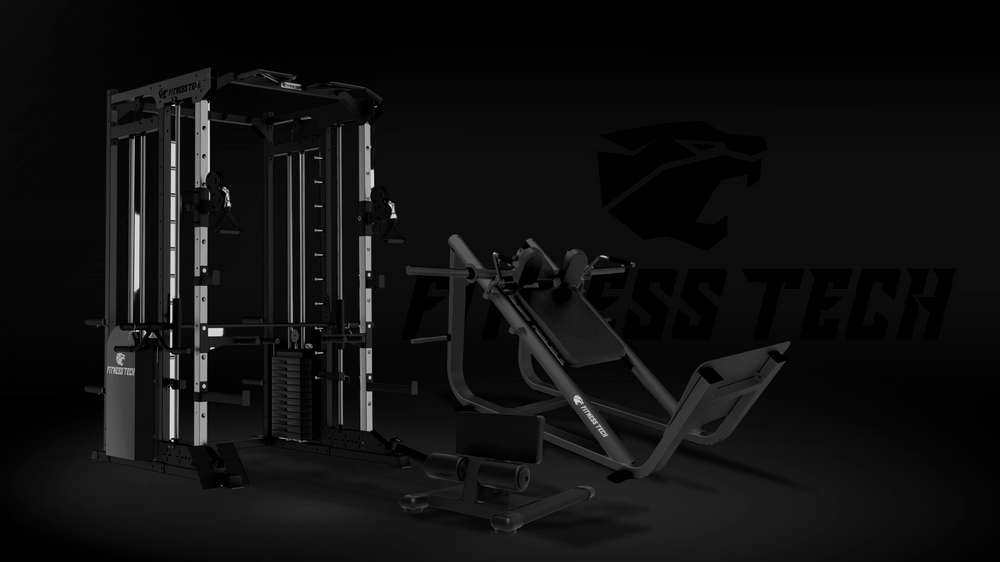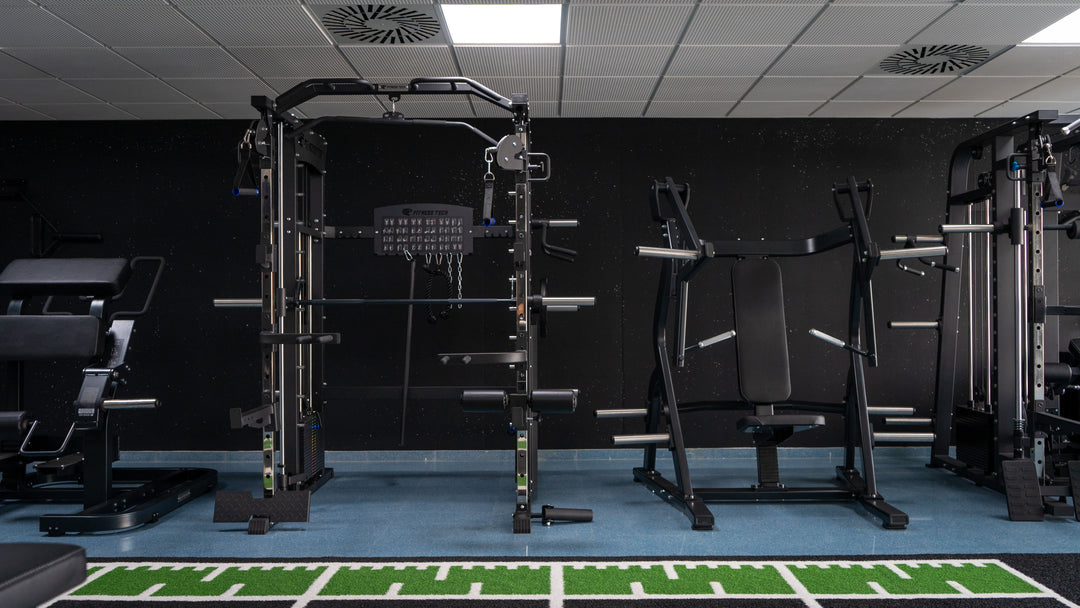Stretch before or after training?
When is it better to stretch, before or after exercise?
Stretching is an essential part of any sports routine, as it offers numerous benefits for the body and mind. However, its effectiveness depends on when and how it is done. Below, we explore when it is best to include them in your training and what type of stretches to do at each time.
Benefits of stretching
Stretching before and after training has specific advantages:
- Before exercise: Dynamic stretches, such as controlled swings or joint movements, help prepare the muscles and joints, improving blood circulation and reducing the risk of injury during physical activity.
- After exercise: Here, static stretches are more beneficial. They help relax the muscles, improve flexibility, reduce accumulated tension, and promote faster recovery.
Also, stretching regularly, even outside your workouts, can improve your elasticity, relieve muscle and joint pain, combat stress, and even improve sleep quality.
Stretching before training?
Yes, but the focus matters. Before exercising, it is important to avoid prolonged static stretches, as they can reduce strength and performance. Instead, opt for dynamic stretches, such as:
- Controlled movements that mimic the activity you are going to perform (for example, arm rotations if you are going to swim or gentle jumps before running).
- Joint mobilization to warm up the joints and activate blood flow.
Stretching after training?
Definitely, yes. Once the exercise is finished, static stretches are ideal for relaxing the muscles and improving flexibility. These consist of holding a fixed position for 15-30 seconds for each muscle group, without forcing the range of motion. Examples:
- Touch your toes while keeping your legs straight to stretch the hamstrings.
- Bring the arm across the chest to stretch the shoulder.
What happens if you don't stretch?
Not stretching can increase the risk of muscle stiffness, decrease your range of motion, and delay muscle recovery after intense training.
In summary, incorporate dynamic stretches before exercise to activate the body and static stretches at the end to improve recovery and flexibility. Practiced regularly, these exercises can become a key tool for optimal performance and a better quality of life. Ready to start stretching? Your body will thank you!






Leave a comment